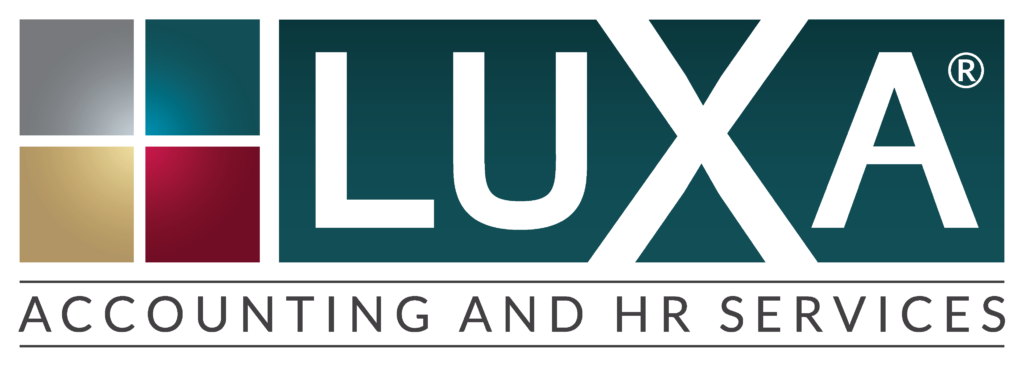
Can I get away with not knowing everything in my financial statements?
Do you know business owners that avoid opportunities to read their financials? Focusing on business needs and operational decisions can take precedence over crunching numbers. However, losing focus on the numbers has more than once crippled organizations missing key details in those financial reports.
You don’t need a financial or accounting degree to get crucial and vital insights into your business. It’s simpler than you might expect, depending on the type of business that you have. With some simple advice and guidance on what to look for, most anyone can pick up on the signs of potential problems.
A few key areas of the financial report
1. Balance sheet: This is a holistic view of the health report of the business. Assets, liabilities, and shareholders equity can tell you how healthy your numbers really are.
- Assets = Liabilities + Shareholders’ equity
- A company’s assets have to equal, or “balance”, the sum of its liabilities and shareholders equity.
2. Income Statements: This is a disclosure of what a company earns including costs and expenses over a period of time.
- The bottom line: A visual metaphor of the bottom line is a picture of a flight of stairs. Being at the top is the starting point, with the total amount of your sales being at the top. Each step down calculates certain costs and operating expenses associated with the earning revenue. The bottom floor is “the bottom line”.
- Gross and net revenues: Sales untouched by deductions are the “gross” revenue of sales and if you think of them as particles that fall through a “net”, you get the remaining calculated revenue which is the net profits.
- Operating expenses: This area is crucial for knowing how a business is spending its money. This is a segmentation of your costs that show, in detail, what you identified as money you used to run your business. Things like salaries, research, marketing, etc. These are not “costs of sales” – as they do not support the production of products or services being sold.
- Interest income and expense: We describe this item as money that is tied up in different interest bearing accounts such as savings or money market funds. This amount is usually deducted or added to the operating profits to arrive at operating profit before taxes.
3. Cash Flow Statements: Money can be described as having behavioral-like characteristics. For people who crunch numbers, they learn to depict certain behavior characteristics when seeing cash-flows in an organization from these reports.
- Operating activities: For most companies, this section of the cash flow statement reconciles the net income (as shown on the income statement) to the actual cash the company received from or used in its operating activities.
- Investing activities: You can itemize different investments in this area of the report which usually includes purchase or sales of long-term assets such as property, plant and equipment, and investment securities. If you bought a piece of machinery, you would report it in the Investing activities as a cash outflow from investing activities because it used cash in the transaction.
- Financing activities: In this section, you will see different sources of cash flow to include cash raised by selling stocks and bonds or borrowing from banks and paying back a bank loan.
Knowing how to read financial statements is crucial to knowing your business. Feeling overwhelmed at the information in each report is a normal response if you have never seen one before. However, if you have specific questions to your business I would not hesitate to call for an appointment. Discussing these concerns is the best way to identify new opportunities for solutions that if left untreated could erode to even more permanent, and possible, fatal circumstances for your business.


